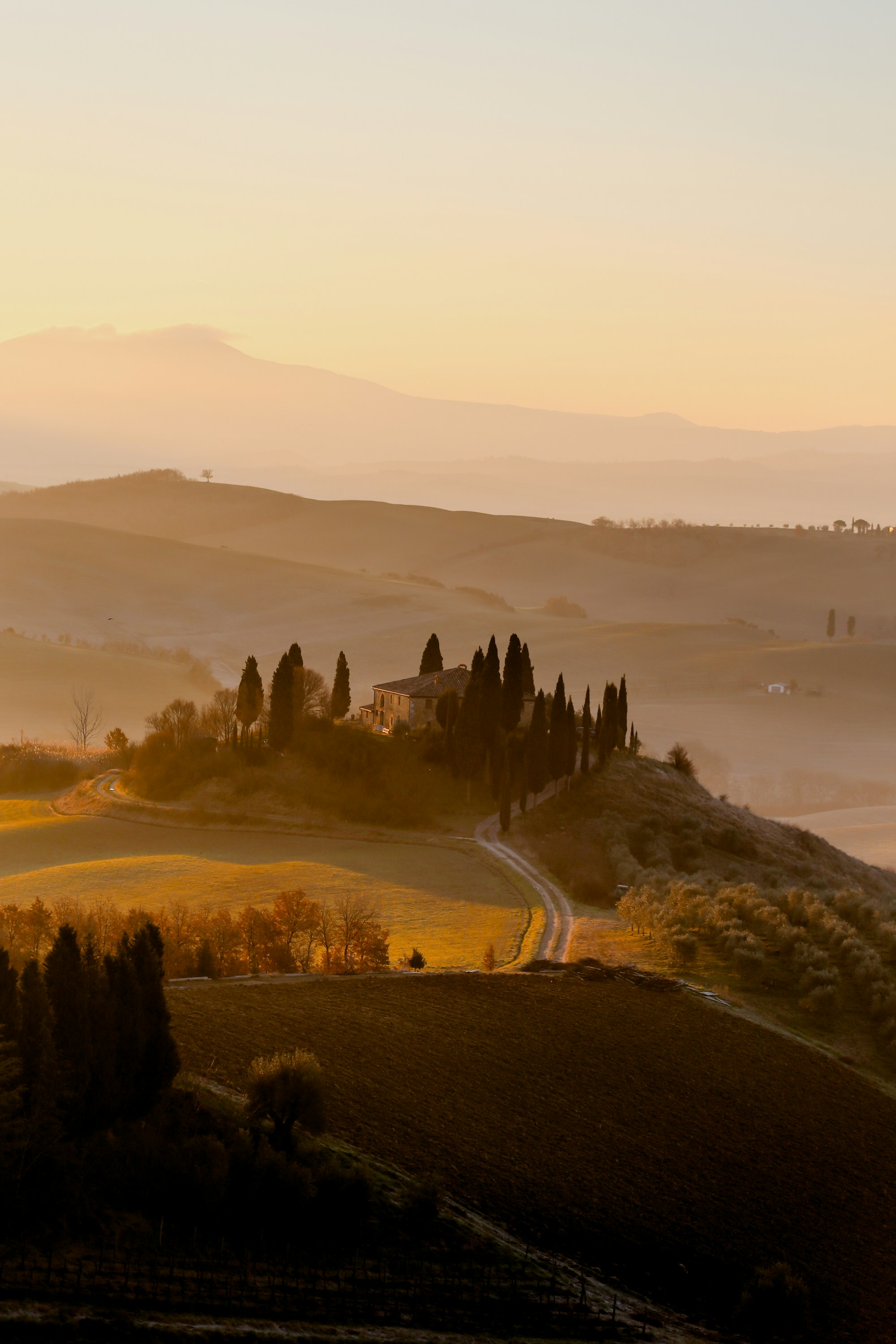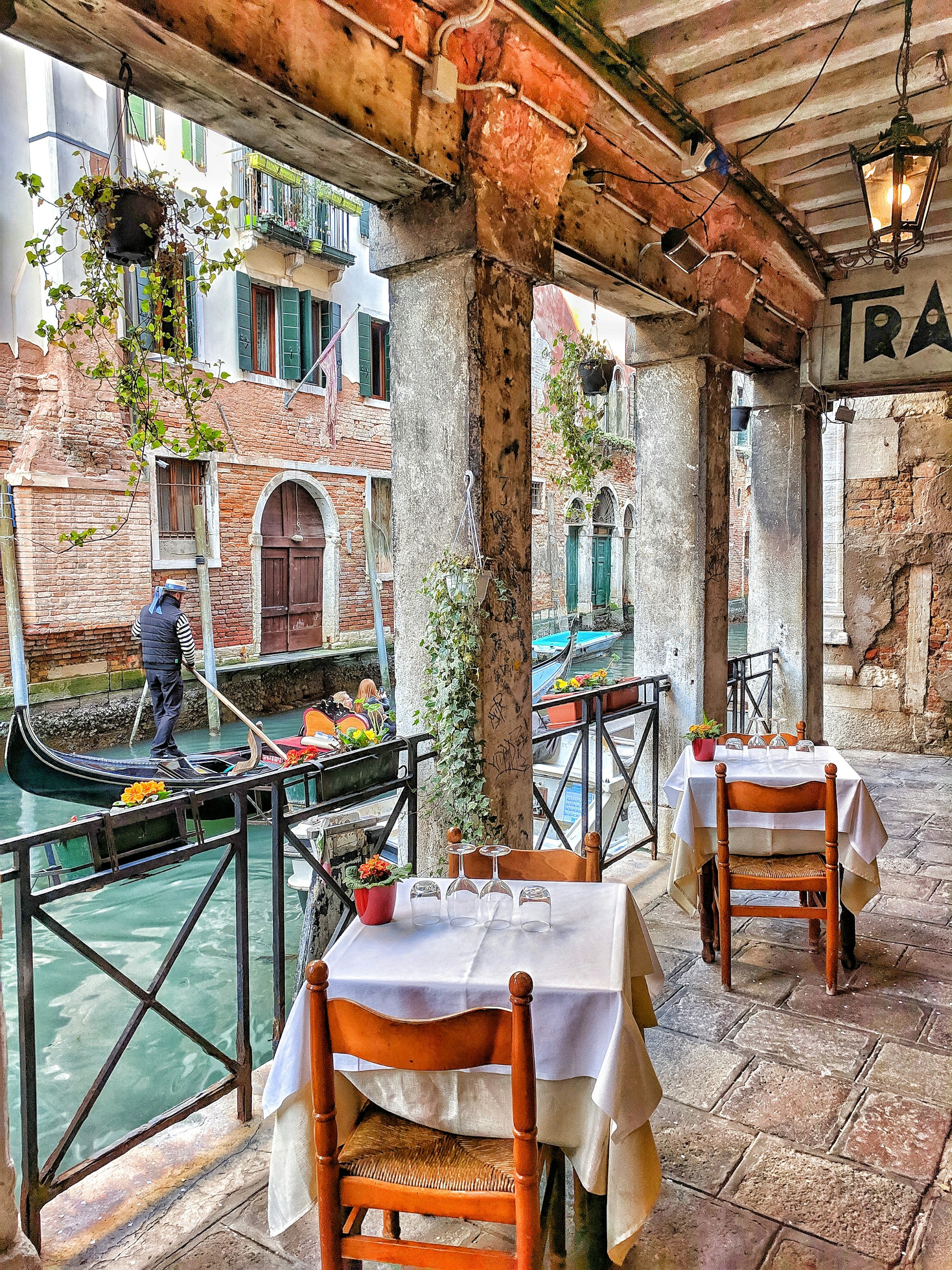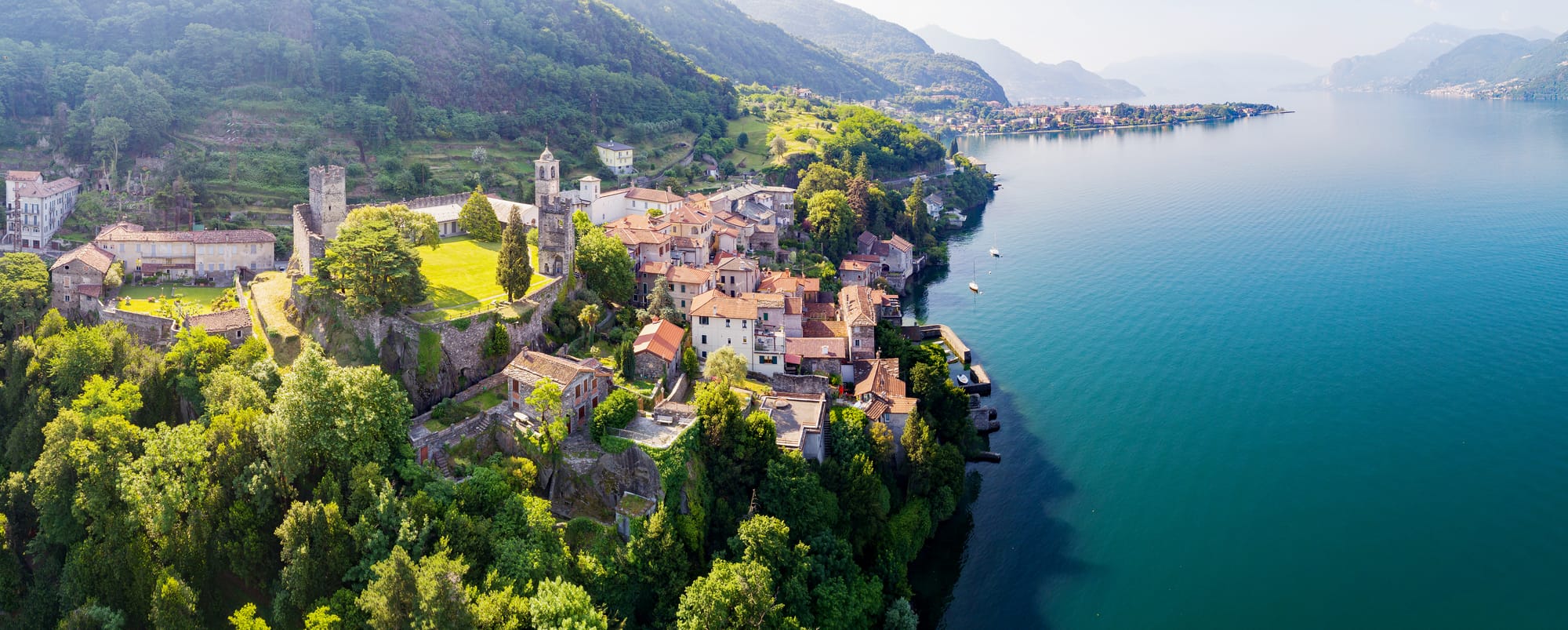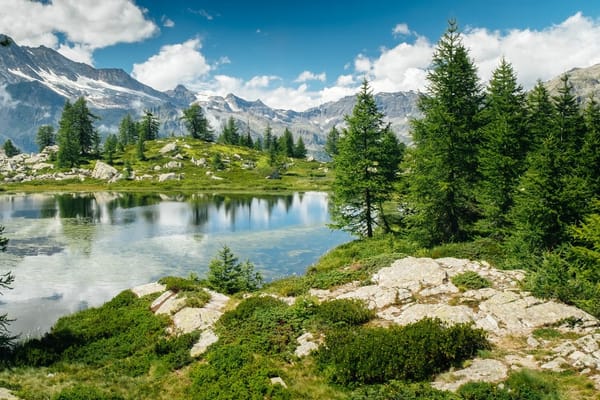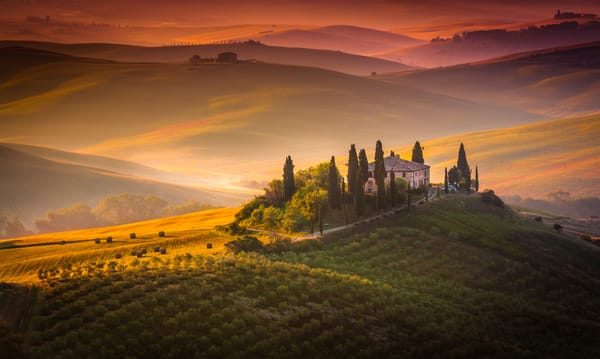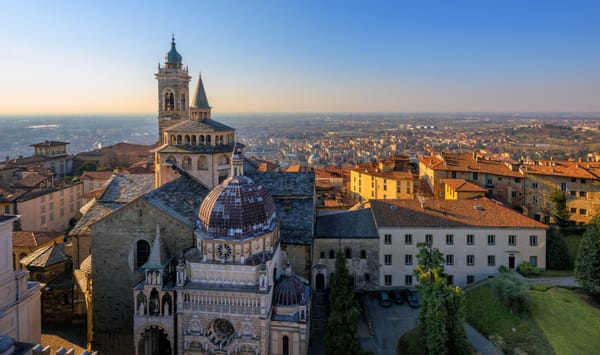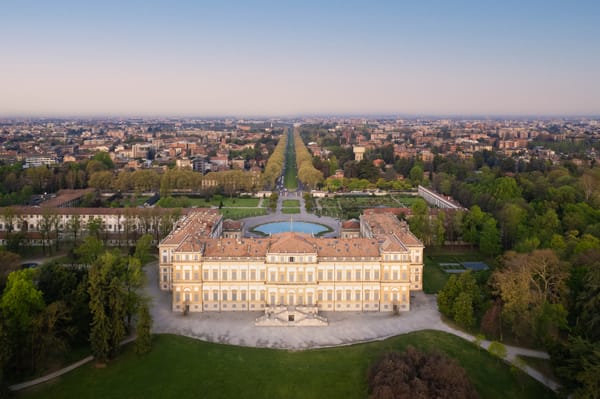Lake Como evokes images of opulent villas, elegant promenades, and the cinematic glamour of towns like Bellagio and Varenna. Yet, nestled on its eastern shore, a whisper from the more frequented paths, lies a place that seems to exist outside of time. This is Corenno Plinio, a fortified medieval village so perfectly preserved that to walk its stone steps is to journey back a thousand years.
For the cultural traveler seeking the authentic heart of Italy, Corenno Plinio is not merely a stop; it is a destination in itself. Known as the “Borgo dei mille gradini” (The Village of a Thousand Steps), it offers a profound sense of discovery, a quiet contrast to the lake's more polished gems.
This guide delves into the history, sights, and secrets of Corenno Plinio, providing everything needed to incorporate this unforgettable experience into a discerning Italian itinerary.
In this article:
- Why Corenno Plinio deserves a place on your Lake Como itinerary
- A journey through history: the story of Corenno Plinio
- What to see and do in Corenno Plinio: a step-by-step guide
- Practical information for your visit to Corenno Plinio
- Beyond the village: what to explore nearby
Why Corenno Plinio deserves a place on your Lake Como itinerary
In a region celebrated for its beauty, Corenno Plinio stands apart. Its allure lies not in luxury boutiques or waterfront cafes, but in its unyielding authenticity.
Experience unyielding authenticity
This is not a town curated for tourism. It is a living, breathing hamlet where ancient stone houses are still homes, and the rhythm of life is dictated by the seasons, not by tour schedules.
A tangible connection to Italian history
The village’s structure is almost unchanged since the Middle Ages. Every archway, cobblestone, and fortified wall tells a story of feudal lords, strategic battles, and daily life on the Larian shores.
Breathtaking scenery and unique views
The verticality of the village is astonishing. From the castle at its apex, narrow stairways cascade down towards the water, each turn revealing a new, breathtaking vista of Lake Como’s sapphire waters and the mountains beyond.
A place of profound tranquility
The absence of cars within its core and the limited commercial activity create an atmosphere of peace that is increasingly rare. The only sounds are often the lapping of the lake, the call of a bird, and the echo of footsteps on ancient stone.

A journey through history: the story of Corenno Plinio
The story of Corenno Plinio is etched into its very foundations, a narrative that begins long before its medieval stones were laid. Its name itself is a historical document, a fusion of two distinct eras. "Corenno" is thought to be of pre-Roman, possibly Celtic, origin, while the addition of "Plinio" in the 19th century was a deliberate homage to Pliny the Elder, the celebrated Roman author and naturalist born in nearby Como. This tribute acknowledges the area's significance during the Roman Empire, when Lake Como, then Lacus Larius, was a vital artery connecting Rome to its trans-alpine territories. The promontory on which the village sits would have been a natural lookout point along these ancient routes.
However, the soul and structure of Corenno Plinio as seen today were forged in the crucible of the Middle Ages. The 13th and 14th centuries in Lombardy were a tumultuous period of shifting allegiances and constant conflict between powerful city-states and feudal families. It was in this climate that the Andreani family, Ghibelline nobles loyal to the powerful Visconti lords of Milan, rose to prominence and asserted their control over this strategic slice of the Larian coast.
Around 1370, they commissioned the construction of the formidable castle that still crowns the village. This was not a residential palace designed for comfort, but a starkly functional fortress-enclosure (castello-recinto). Its primary purpose was twofold: to control the vital trade and pilgrimage route known as the Sentiero del Viandante that ran along the hillside above, and to command the lake traffic below. From its towers, sentinels could spot approaching vessels from miles away, making it a critical node in the Visconti's defensive network.
The genius of Corenno Plinio lies in how the entire village was conceived as an extension of the castle's defensive system. It is a quintessential example of a borgo fortificato (fortified village). The outer houses were constructed with thick, windowless walls facing outwards, creating a continuous defensive perimeter. The village could only be entered through two fortified gates, one leading up towards the mountain and the other down towards the lake. The labyrinthine network of steep, narrow stairways (scalotte) was not an aesthetic choice but a brilliant military tactic. In the event of an attack, these choke points would neutralize the advantage of cavalry and force invaders into single file, making them vulnerable to defenders positioned above.
As the Renaissance dawned and Milanese power stabilized under the Sforza dynasty, the direct military importance of fortresses like Corenno began to wane. This gradual slide from strategic importance to quiet isolation became the village's salvation. Lacking the space and incentive for major reconstruction, Corenno Plinio was spared the baroque and neoclassical renovations that transformed other towns on the lake. It fell into a deep slumber, preserving its severe, medieval character with an integrity that is now its most precious asset. To walk here is to tread on the same stones as medieval merchants, soldiers, and fishermen, experiencing a piece of history frozen in time.
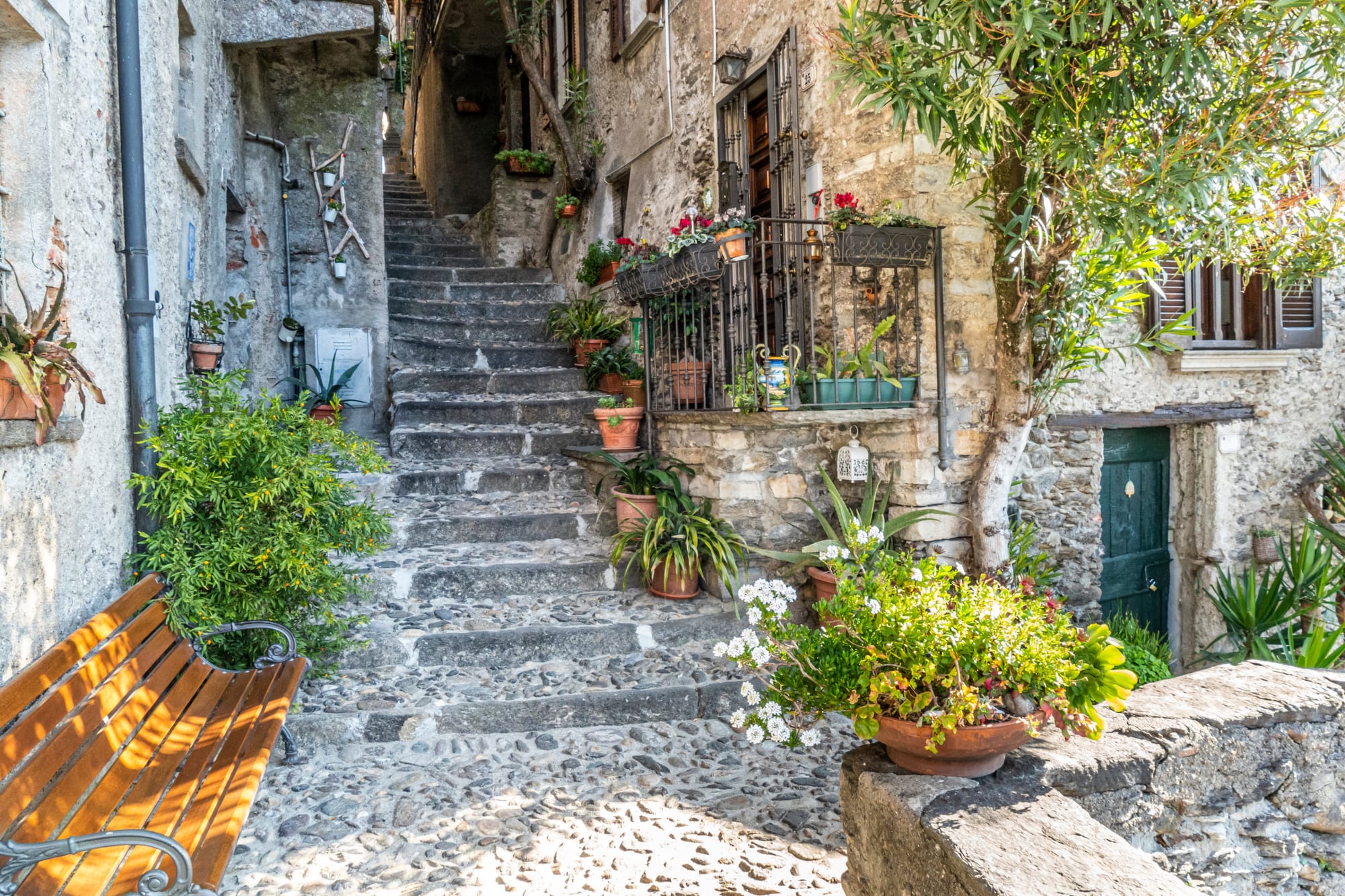
What to see and do in Corenno Plinio: a step-by-step guide
Exploring Corenno Plinio is an intuitive experience, a slow and deliberate immersion. The village is compact, but rich in detail.
The castle of Corenno (Castello Andreani)
The focal point of the village is its quadrangular, crenelated castle. Built around 1370, it stands as a powerful testament to the region's feudal past. While the castle is private property, its imposing walls and two towers—a square tower to the north and a more elegant crenelated tower to the south—dominate the skyline. The castle's exterior can be admired from the main piazza, and on special occasions, particularly during the annual medieval festival, its gates are sometimes opened to the public, offering a rare glimpse inside.
The Church of Saint Thomas of Canterbury
Adjacent to the castle is the picturesque Church of St. Thomas of Canterbury. Its dedication to the English saint is unusual and dates back to the late 12th century, reflecting the broad European influence of the time. The church’s simple, Romanesque facade and serene interior are a place of quiet contemplation. Inside, traces of 14th and 15th-century frescoes can be seen, depicting saints and apostles, their colors faded but their stories still palpable.
Piazza Garibaldi and the Andreani tombs
The small piazza in front of the church is the historic heart of Corenno. Here, one can find one of the village's most fascinating features: the monumental tombs (arche) of the Andreani family. These 14th-century stone sarcophagi, resting on elegant columns, are a public declaration of the family's power and prestige, a privilege granted to very few. Their presence outside the church, in the main square, is a unique historical curiosity.
Exploring the "Borgo dei Mille Gradini"
The true essence of Corenno Plinio is found in wandering its stairways. There are no streets, only stone steps and vaulted passages. The main path descends steeply from the castle to the lake, and every deviation leads to a hidden courtyard, a flower-draped balcony, or an unexpected viewpoint. It is an experience best enjoyed without a map, allowing curiosity to guide the way. Notice the texture of the ancient stones, the heavy wooden doors, and the way the light filters through the narrow gaps between buildings.
The historic lakefront and cove
At the bottom of the steps, a small cluster of houses and a tiny, sheltered cove meet the lake. This was once the village's vital connection to the outside world, a landing for fishing boats and small trade vessels. Today, it is a place of sublime tranquility, perfect for sitting on a stone wall and absorbing the magnificent scale of the lake and surrounding mountains.
Practical information for your visit to Corenno Plinio
Planning is key to fully appreciating the unique character of Corenno Plinio.
How to get to Corenno Plinio
- By Car: Corenno Plinio is located just off the SP72, the road that runs along the eastern shore of Lake Como between Dervio and Bellano. Parking is extremely limited. There is a very small parking area just outside the village entrance. It is highly advisable to park in the larger town of Dervio (approximately 1.5 km away) and walk from there.
- By Train: The nearest train station is Dervio, on the Milan-Lecco-Tirano line. From the station, it is a pleasant and scenic walk of about 20-25 minutes to Corenno Plinio.
- By Ferry: The main Lake Como ferry service (Navigazione Laghi) does not stop at Corenno Plinio. The nearest ferry terminal is in Dervio, which connects to other major towns like Varenna, Bellagio, and Menaggio.
- On Foot (Sentiero del Viandante): For avid hikers, Corenno Plinio is a highlight along the Sentiero del Viandante (The Wayfarer's Path), a stunning ancient trail that runs along the entire eastern coast of the lake. The village is a perfect stop on the stage between Dervio and Bellano.
Best time to visit Corenno Plinio
Spring (April-June) and autumn (September-October) offer the best experience, with pleasant weather, lush landscapes, and fewer visitors. A visit on a weekday will almost guarantee a serene and crowd-free exploration.
How much time to allocate for your trip
One to two hours is sufficient to explore the village itself at a leisurely pace. However, it is best experienced as part of a half-day trip, combined with a visit to nearby Bellano or a hike on the Sentiero del Viandante.
Notes on facilities and local amenities
Corenno Plinio is almost entirely residential. There are no hotels, shops, or large restaurants within the medieval core. This is part of its charm. For cafes, restaurants, and other services, the nearby town of Dervio is the best option.
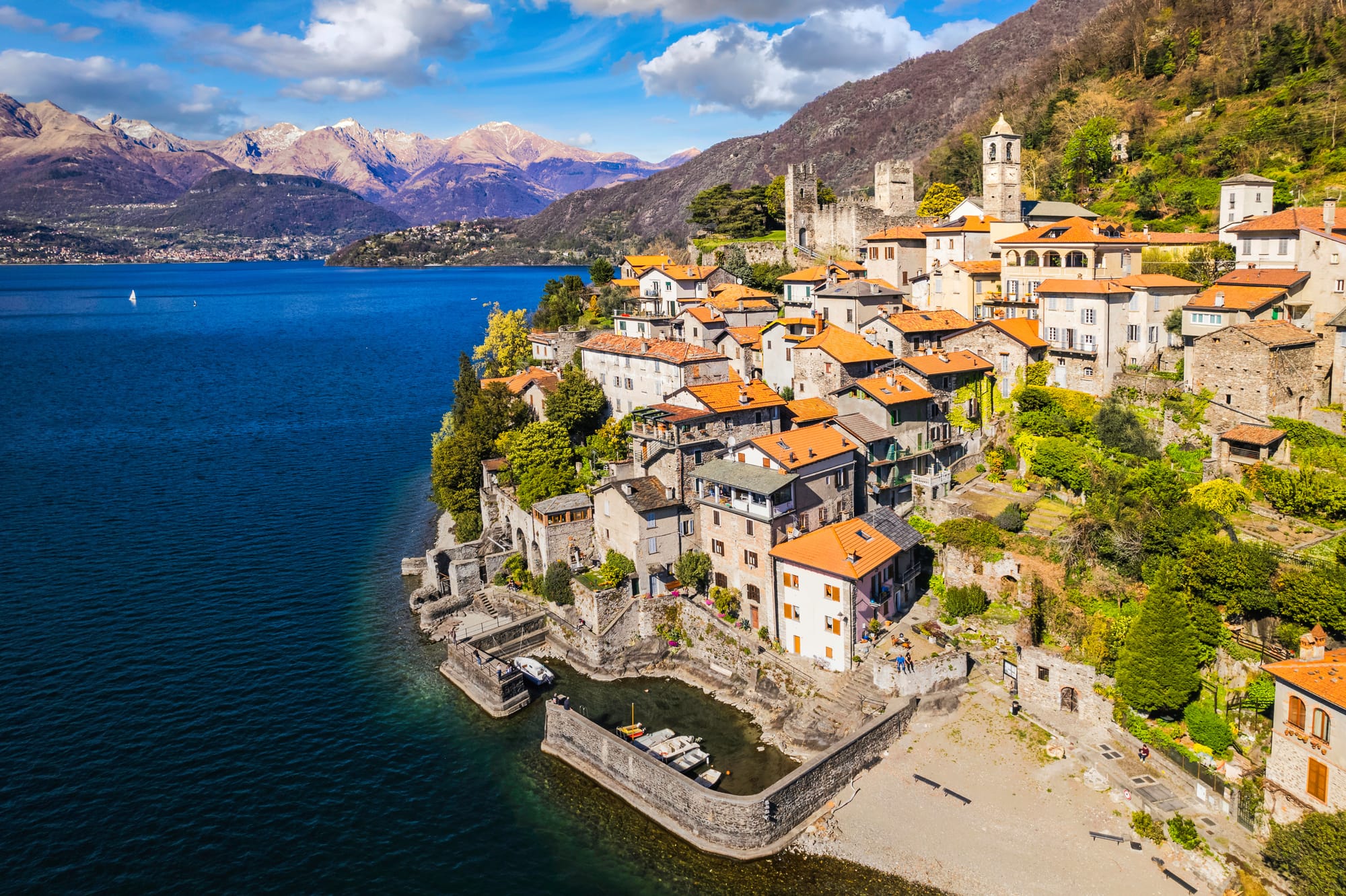
Beyond the village: what to explore nearby
Corenno Plinio’s location makes it an excellent base for exploring the less-crowded, more rugged side of Lake Como.
Dervio: a hub for water sports
Just to the north, Dervio is a hub for sailing and water sports, with a more open and modern lakefront. It provides the practical amenities that Corenno lacks.
Bellano and the Orrido di Bellano gorge
A short drive or hike south lies Bellano, a larger town famous for the Orrido di Bellano, a spectacular natural gorge carved by the Pioverna river over millions of years. A walk along the suspended platforms inside the canyon is a thrilling experience.
Varenna: the picturesque neighbor
Further south, the justly famous town of Varenna offers picturesque lanes, the beautiful gardens of Villa Monastero and Villa Cipressi, and frequent ferry connections to the center of the lake.
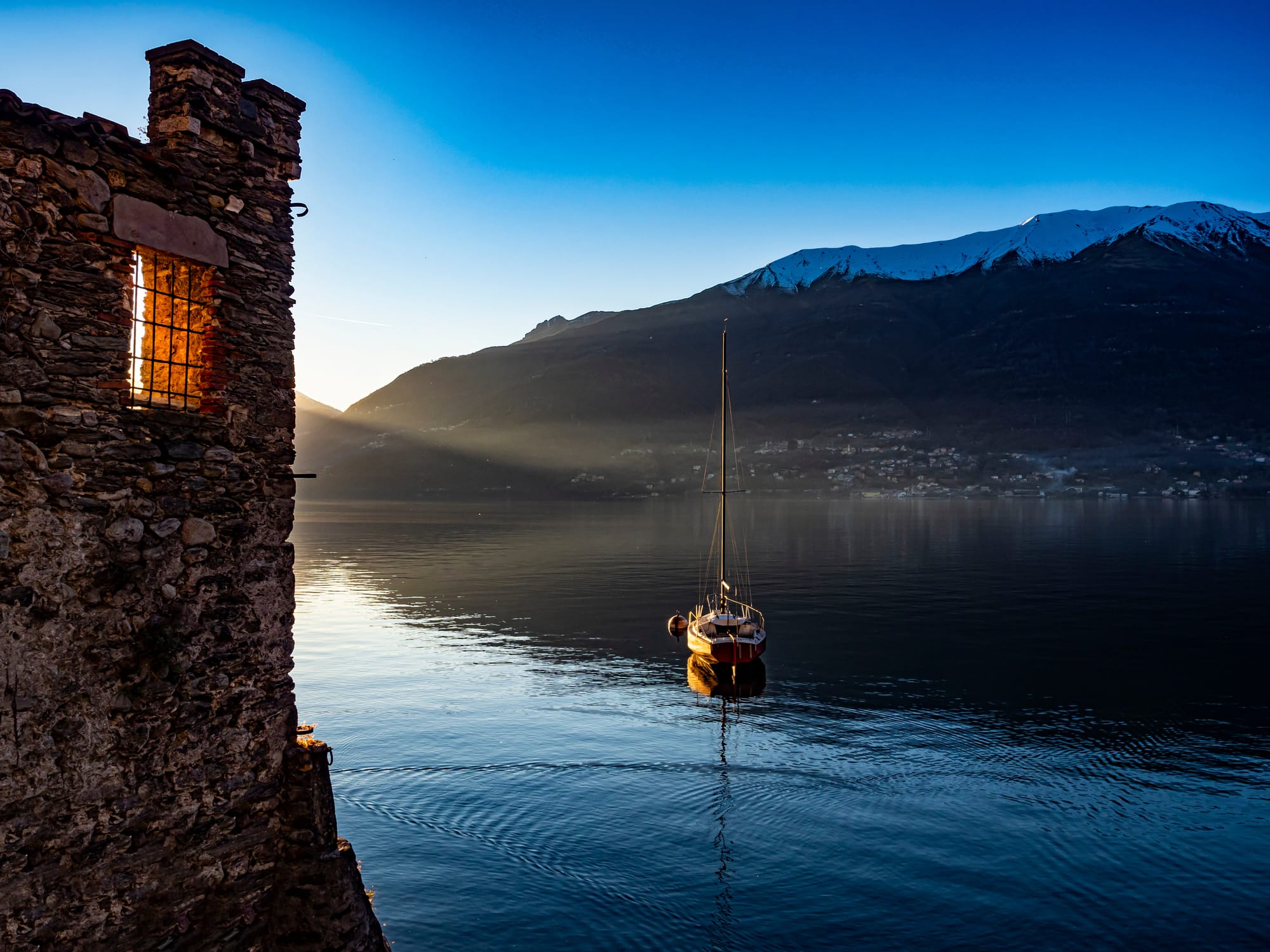
Corenno Plinio is a testament to the fact that the greatest luxury a traveler can find is authenticity. In a world saturated with fleeting images and curated experiences, this small borgo offers something tangible, resonant, and deeply real. It is an antidote to the pace of modern life, a place that does not shout for attention but rewards the curious and the patient with a profound sense of peace and a direct connection to Italy’s deep and layered history.
Inspired to plan your journey? Find everything you need at:
- The ultimate guide to Lake Como
- Varenna, Lake Como: the jewel of the golden triangle
- An insider's guide to Bellagio
- The ultimate guide to Milan
Explore Lake Como like a local with our in-depth guides.
